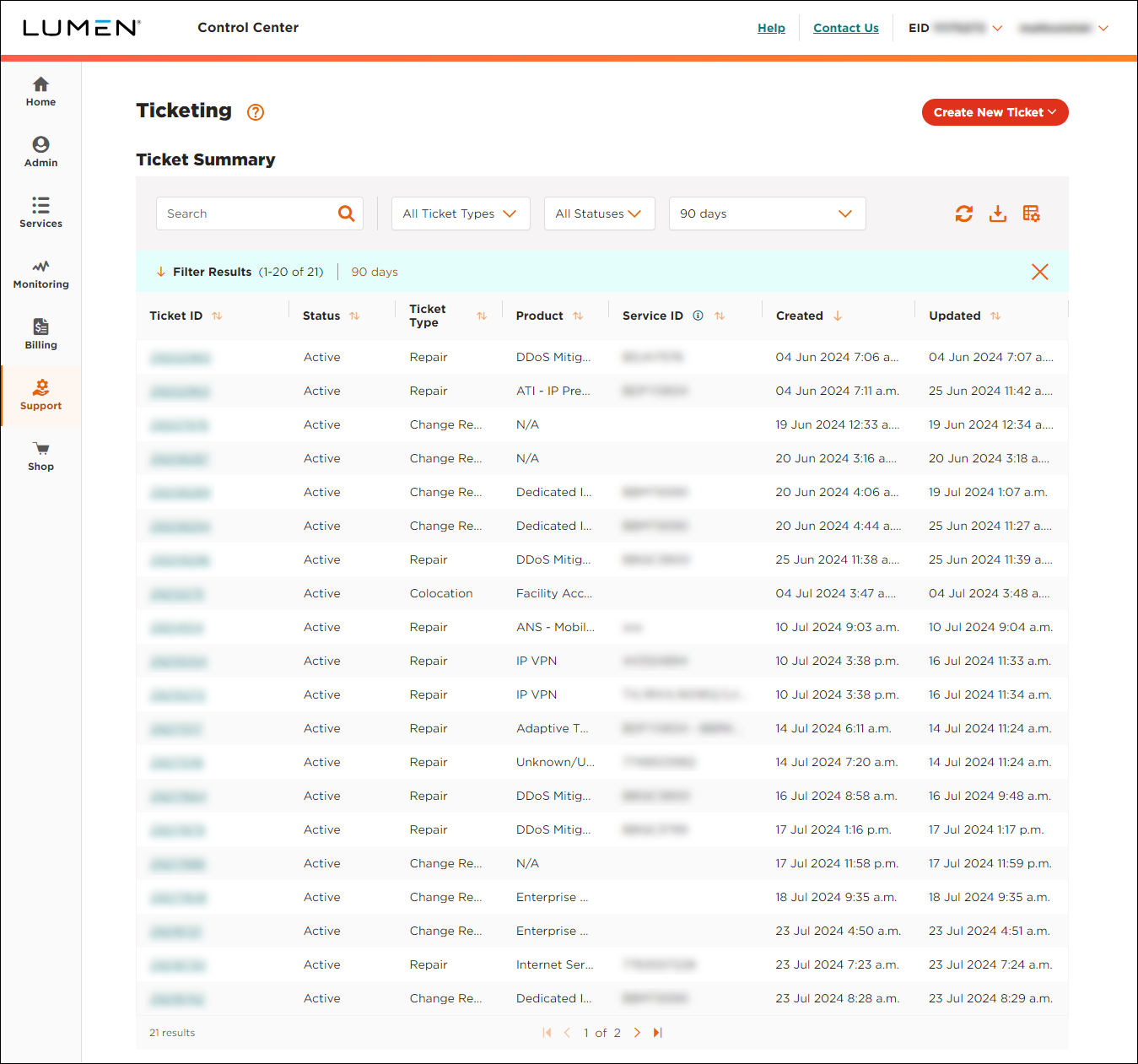The Silent Darkness: Unpacking the Anatomy of a Lumen internet Outage
The digital world, a tapestry woven with threads of data, relies on the seamless flow of information. At the heart of this intricate network lies the infrastructure provided by companies like Lumen Technologies, a global titan in telecommunications. When that infrastructure falters, the effects ripple across continents, plunging businesses, individuals, and even critical services into a state of digital darkness. A significant Lumen internet outage, like those that have punctuated recent years, is not merely an inconvenience; it’s a stark reminder of our dependence on the invisible backbone of the internet and the complex interplay of factors that can bring it crashing down.
To understand the magnitude of a widespread Lumen outage, we must first appreciate the company’s role. Lumen operates one of the world’s largest internet backbones, a vast network of fiber optic cables spanning thousands of miles. This infrastructure carries a significant portion of global internet traffic, connecting data centers, businesses, and individual users. When a disruption occurs within this network, the impact is felt far and wide, affecting everything from web browsing and email to cloud services and critical infrastructure.
The Anatomy of a Disruption: Unraveling the Causes

Pinpointing the exact cause of a large-scale internet outage is a complex undertaking, often involving a combination of factors. However, several common culprits emerge in the analysis of Lumen’s past disruptions:
Physical Infrastructure Damage: The Fragility of Fiber
Construction Accidents: Fiber optic cables, while robust, are vulnerable to physical damage. Construction activities, such as digging or drilling, can inadvertently sever these cables, leading to widespread outages. The sheer length of Lumen’s network increases the likelihood of such incidents.
Software and Configuration Errors: The Human Element
Routing Issues: The internet relies on complex routing protocols to direct traffic. Misconfigurations or errors in these protocols can lead to traffic bottlenecks, packet loss, and even complete network outages.
Cyberattacks: The Growing Threat
Distributed Denial-of-Service (DDoS) Attacks: These attacks overwhelm network resources with a flood of traffic, making them unavailable to legitimate users. Lumen, as a major internet backbone provider, is a potential target for such attacks.
Hardware Failures: The Unpredictable Element

Equipment Malfunctions: Routers, switches, and other network devices can fail due to age, wear and tear, or manufacturing defects.
The Ripple Effect: Consequences of a Lumen Outage
The impact of a Lumen outage extends far beyond individual users experiencing slow internet speeds. The interconnected nature of the modern world means that disruptions to a major backbone provider can have cascading effects across various sectors:
Business Disruption: The Cost of Downtime
Loss of Productivity: Businesses rely on the internet for communication, collaboration, and access to critical applications. Outages can lead to significant losses in productivity and revenue.
Critical Infrastructure Impact: The Risk to Essential Services
Healthcare: Hospitals and healthcare providers rely on the internet for access to patient records, medical imaging, and other critical data. Outages can disrupt these services, potentially endangering patient safety.
Individual User Impact: The Frustration and Isolation

Loss of Connectivity: Individuals rely on the internet for communication, entertainment, and access to information. Outages can lead to frustration and isolation.
Mitigation and Response: Building Resilience
Addressing the challenges posed by internet outages requires a multi-faceted approach, involving infrastructure improvements, enhanced security measures, and robust contingency planning:
Infrastructure Redundancy: Building in Backup
Diversification of Routing: Utilizing multiple internet backbone providers and diverse routing paths can reduce the impact of single-point failures.
Enhanced Security Measures: Protecting Against Cyber Threats
DDoS Mitigation: Implementing DDoS mitigation solutions can help protect against attacks that aim to overwhelm network resources.
Contingency Planning and Communication: Preparing for the Worst
Disaster Recovery Plans: Developing comprehensive disaster recovery plans can help organizations minimize the impact of outages and restore services quickly.
Investment in Infrastructure Upgrades: Future Proofing the Network
Increased Bandwidth Capacity: Increasing bandwidth capacity can help accommodate growing internet traffic and reduce the likelihood of congestion.
The Future of Internet Resilience: A Collaborative Effort
The reliability of the internet is a shared responsibility, requiring collaboration between internet service providers, governments, businesses, and individuals. By investing in infrastructure improvements, enhancing security measures, and promoting public awareness, we can build a more resilient internet that can withstand the challenges of the 21st century.
The silent darkness of an internet outage serves as a potent reminder of the fragility of our digital world. While complete immunity may be unattainable, a proactive and collaborative approach can significantly mitigate the impact of disruptions, ensuring that the digital tapestry remains vibrant and resilient for generations to come. The future of connectivity depends on our ability to learn from past outages and build a more robust and reliable internet infrastructure.



